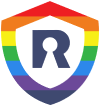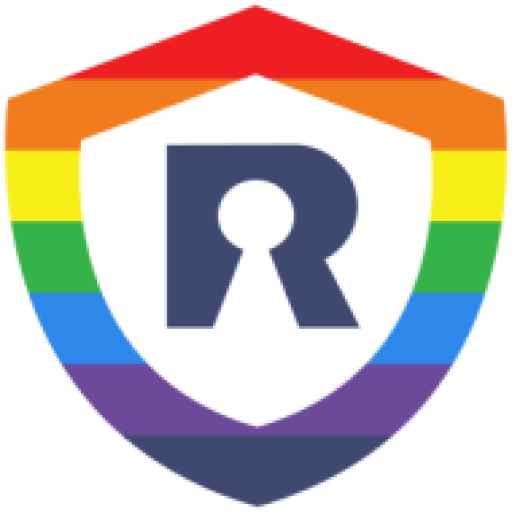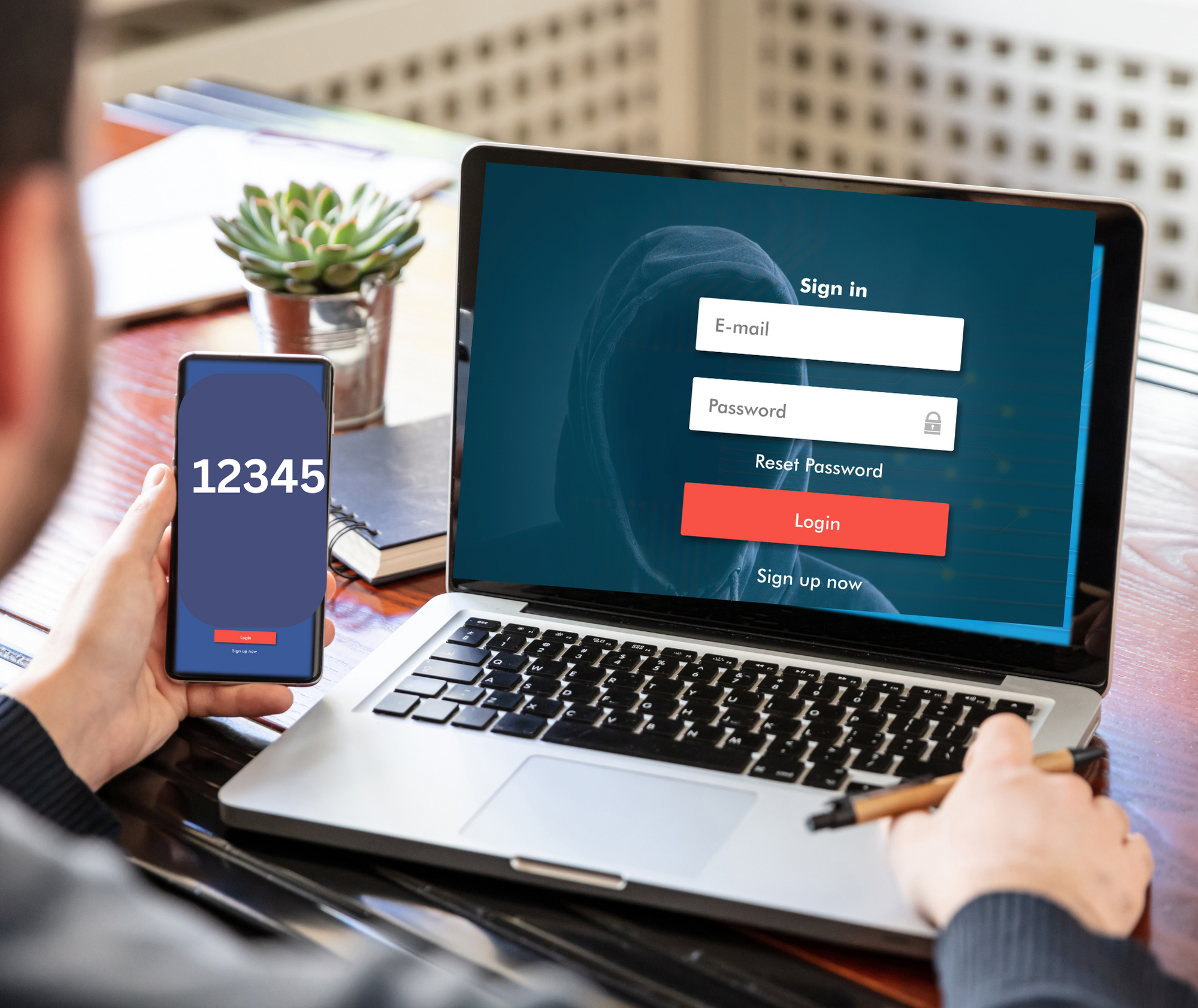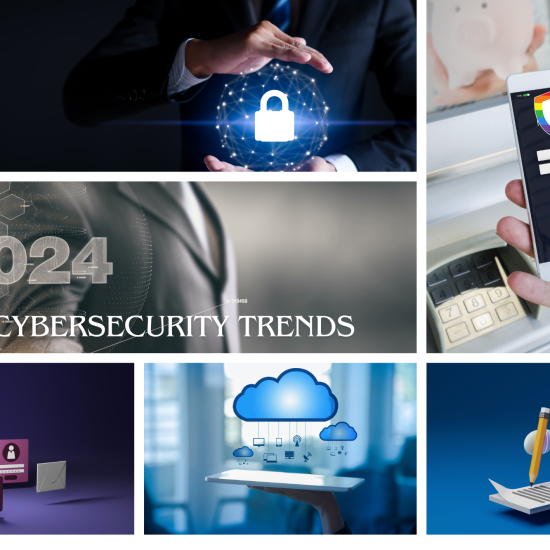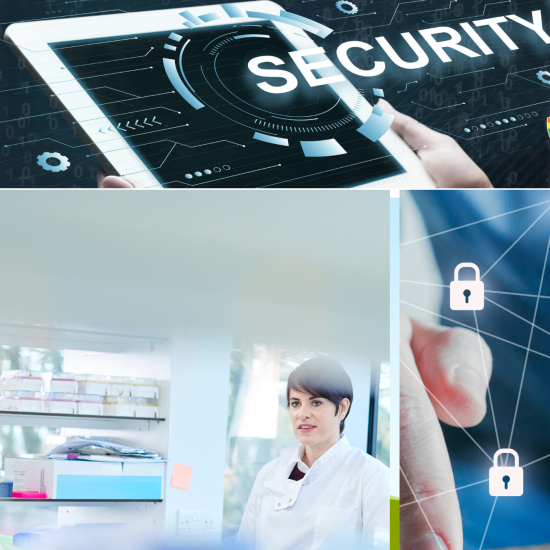Why Multi-Factor Authentication (MFA) is critical for conducting business?
As more organizations have started to adopt digitalization, cybersecurity has become increasingly important. Considering the magnitude and scale at which hackers are targeting corporate credentials, there is no better time for businesses to make sure that their cybersecurity and data protection measures are up to par.
In this article, you will read about:
Why Multi-Factor Authentication (MFA)?
What is Multi-Factor Authentication?
Why should your business use MFA?
How can Rainbow Secure help?
In the last two years, cybercriminals have launched more ransomware attacks than ever before, and these attacks have resulted in record losses from cyberattacks for businesses across the world. Consider the following statistics:
- Cybercrime is up 600% following the onset of the COVID-19 pandemic in March 2020
- In 2016, there was a ransomware attack every 40 seconds. Today, there is one every 11 seconds.
- In 2022, the IC3 received 800,944 complaints, which is a 5 percent decrease from 2021. However, the potential total loss has grown from $6.9 billion in 2021 to more than $10.2 billion in 2022.

By the end of the 3rd quarter of 2020, around 36 billion records were exposed because of data breaches with information such as email addresses, names, passwords, SSNs, and credit card information as part of the data types lost in these breaches from various industries including healthcare, information, finance and insurance, and public administration.
Why Multi-Factor Authentication (MFA)?
Every organization has its own set of online applications. Most of them include shared documents, files, folders, videos, audio, etc., to create in-house and client profiles. Unfortunately, with the rise in cyber-attacks, companies have become vulnerable.
In this scenario, multi-factor authentication (MFA) becomes supercritical for most organizations, big or small. Put simply, MFA reduces the risk of a security breach drastically, and sensitive data stays protected.
MFA adds an extra layer of security to such applications using time-based one-time passwords (TOTP) via call or SMS, Google Authenticator, etc. Moreover, it is better than two-factor authentication because it can add more levels of security. It can help an organization achieve zero-trust security remotely.
What is Multi-Factor Authentication?
According to the National Institute of Standards and Technology, “MFA sometimes referred to as two-factor authentication or 2FA, is a security enhancement that allows you to present two pieces of evidence–your credentials–when logging in to an account.
Multi-Factor Authentication (MFA) is a verification process where a user provides additional credentials to access sites, applications, or other resources. This can be seen as an added security layer to verify a user’s identity with additional verification factors such as fingerprints, one-time pins, and push notifications to convince a system of your identity to prevent the wrong parties from accessing data or services. MFA can be used along with passwordless authentication or single sign-on solutions as an added barrier to breach in case a factor has been stolen or compromised before gaining access to a device or service.
There are three factors by which a user can verify their identity:
- Something they know, i.e. a password, a PIN, or the answer to a secret question.
- Something they have, i.e. an authenticator app or a hardware token.
- Something they are, i.e. the user’s biometric information, such as a fingerprint or face scan, or a voice recording.
Implementing MFA prevents bad actors from accessing an employee’s account, even if they manage to compromise that employee’s username and password.
Why should your business use MFA?
MFA is intended to create a layered defense that increases identity security and makes it more difficult for a cybercriminal to access sensitive company or client data that is only password-protected. If one factor is compromised, the unauthorized user must still defeat additional barriers before they can successfully infiltrate the target network. It also does the following:
Prevents identity theft
Anyone can be a victim of identity theft attacks since attackers can use a variety of means to gather personal information. MFA is an important tool for protecting consumer data from identity theft. By implementing this measure, the security of the traditional username and password login is supplemented by an additional layer of protection. A consumer needs two pieces of information to access their resource. MFA adds a sense of mindfulness to authentication. MFA helps ensure your personal information remains secure, protecting individuals and the company or organization they may be affiliated with.
An extra level of security for critical information
In the last year, over 65% of companies worldwide had at least one instance of a cyber-attack. These attacks not only result in information leaks where data can be sold to other parties or on the dark web but can cause companies financial losses as well. MFA makes sure only the right people with the right credentials have access to key information, preventing breaches, security risks, and other disruptions in an organization’s operations.
Ensure Regulatory Compliance
Most regulatory agencies now have specific MFA and device visibility requirements. Therefore, the right MFA solution should help navigate these standards to avoid costly fines and ensure continued compliance, no matter what the industry. Broken down by field, here are the MFA compliance requirements businesses need to be aware of.
Healthcare – Two regulatory agencies are dictating MFA requirements in the healthcare industry: The Drug Enforcement Administration (DEA) and the U.S. Department of Health and Human Services (HHS). The DEA Electronic Prescriptions for Controlled Substances (EPCS) requirements mandate multi-factor authentication when approving e-prescriptions, and the HSS requires healthcare organizations to enforce password security and visibility into personal devices accessing protected health information (PHI) for HIPAA compliance.
Technology, Retail & Education – While MFA is not a compliance requirement, the Sarbanes-Oxley (SOX) Act and Gramm-Leach-Bliley Act (GLBA) calls for strict internal controls on financial information. Businesses that process and store credit card payment information must comply with the MFA requirements outlined in PCI DSS 3.2 Section 8.3.
Federal & Enterprise – Organizations in federal and enterprise industries need to adhere to The National Institute of Standards and Technology (NIST) regulations. Businesses must comply with Digital Identity Guidelines outlined in SP 800-63 and Enhanced Security Requirements for Protecting Controlled Unclassified Information outlined in SP 800-171.
International – International organizations must comply with EU regulations, most importantly the General Data Protection Regulation (GDPR) laws. International organizations can leverage multi-factor authentication to adhere to Article 32 which states companies, “shall implement appropriate technical and organizational measures to ensure a level of security appropriate to the risk.”
Finance – Businesses in the financial industry need to adhere to the Federal Financial Institutions Examination Council (FFIEC) standards on authentication to mitigate high-risk security breaches and protect sensitive financial information. The FFIEC authentication guidance provides a framework for improving online banking security and highlights strong multi-factor authentication as an industry best practice.
Secure Remote Workforce and Work-From-Home Environments
Remote work is rapidly becoming common practice across a wide variety of industries, raising questions and concerns about how businesses can ensure the security of their remote workforces. The COVID-19 pandemic has influenced a 67% surge in remote work, showing a 43% satisfaction rate with employees preferring to work remotely permanently.
Since remote workforces are here to stay, businesses need a reliable solution for protecting their remote employees and sensitive company information. A comprehensive multi-factor authentication solution will help prevent unwanted users from remotely accessing employees’ platforms by requiring end-users to provide two or more credentials to access systems or accounts. Advanced MFA protection provides remote employees with the tools to stay protected and productive during times of increased risk.
Reduce Workload for Internal IT Departments
Data breaches are costly and time-consuming. When a cyber-attack or breach occurs, internal IT teams need to conduct various tasks which need a humongous amount of effort to solve the problem promptly before any more damage is caused. Businesses that proactively implement a multi-factor authentication solution fortify their network infrastructure and minimize the risk of breaches. With a minimized attack surface, internal IT departments are free to work on more productive and business-critical issues instead of frantically trying to put out avoidable cybersecurity fires.
Secure Against Account Takeover
In today’s digital world, the threat of account takeover, in which a bad actor seizes control of a user’s account, is very real; last year, over 45% of all data breaches involved hacking, and 80% of those involved brute force or the use of lost or stolen credentials, such as ones compromised in social engineering attacks.
In a social engineering or “phishing” attack, the criminal contacts their victim posing as a trusted source, such as a colleague, and manipulates them into handing over sensitive information like login credentials. In a brute force attack, they program a computer to crack their target’s password, starting with the most common letter/number/symbol combinations and working systematically through all possible characters until it finds the right sequence.
These methods are particularly dangerous because they enable the attacker to take full control of their victim’s account, often completely undetected. This gives them access to corporate data and also enables them to carry out further, internal phishing attacks to take over accounts with increased privileges.
MFA solutions can protect your organization against up to 99.9% of account takeover attempts by ensuring bad actors can’t access employee accounts, even if they manage to steal an employee’s login credentials.
Keeps productivity high
Remembering multiple passwords can be burdensome to employees and forgetting them can lead to not being able to access the resources needed to perform business-related tasks. Explore Rainbow Secure Multi-Dimensional Interactive Login Authentication and enjoy hassle-free and secure access to your business accounts. Businesses can also allow employees to log in using MFA. Smart Multi-Factor Authentication from Rainbow Secure adjusts to your business use case, reduces the cyber liabilities of a business from stolen credentials and improves productivity, and enhances user experience.
Businesses are adopting more modern technology from corporate cards, machine learning, and AI-focused initiatives, but businesses should also make sure that the systems in place to protect the information and resources around these are efficient and effective. As cyber attackers devise more complex and clever ways of getting into systems, businesses should also strengthen their defense against these not only the enterprise but their employees as well. MFA is not complex and can be rolled out without going out of budget ensuring simple and effective protection for users and the business as well.
A multi-factor authentication solution provides more layers of security than a less robust two-factor authentication (2FA) method. The additional layers of security provide a much-needed failsafe if a hacker successfully steals employee credentials. Hackers will be forced to verify their identity in another manner, even with sensitive credentials in hand. MFA provides more layers of security as compared to 2FA. This way, they can make sure that the end-user is verified.
The multiple layers of security ensure that the consumers looking for access are whom they claim to be. Even if hackers steal one credential, they will be forced to verify identities in another manner. Therefore, companies that store consumers’ confidential details should opt for more than two authentications. It will help them build and maintain consumer trust.
How can Rainbow Secure help?
Right amount of data and system access to right person or role at right time is the key to organizations being able to use digital tools and platforms to serve the customer base and stay compliant.
Next Generation Rainbow Secure platform is a modern identity and single sign-on solution for your business across on-premises and cloud environments. It’s backed by an experienced team of cloud and security experts, years of innovation, and partnerships with leading cloud platforms. Rainbow Secure is a Leader in Smart and Secure Digital Solutions that work for you.
Secure Workforce & Customer Login: Use Authentication Plug-in by Rainbow Secure to secure workforce and customer logins. In this plug-in, you get a multi-dimensional password, passwordless login solutions with AI monitoring, Risk Analytics, and location fencing.
Secure Data and its Backups We provide Cloud-based data vault and data archive solutions backed by Microsoft Azure and secured by our authentication plugin and industry best practices to give you ransomware protection and help with data governance and disaster mitigation.
Database Security: We provide technical consulting services to Secure Databases in the cloud and on-premise. You get the best protection for your data in databases using native and third-party security tools.
Meet Compliance Requirements: Use Authentication Plug-in by Rainbow Secure with your business application and in SSO (Single Sign-on) and meet industry standards and compliance regulations such as NIST, ISO, FTC, SOX, SOC2, CMMC, CMMI, HIPAA, PCI, and others.
Securely communicate and Collaborate: Use Secure Business Email by Rainbow Secure and get protection against account takeover, phishing, ransomware, and automated login cyber frauds. In this email, you get options to send encrypted emails, single sign-on with Office 365, and Google, and 1 TB one drive storage.
Connect Business applications: Get one unified login using Rainbow Secure Single Sign-On
Manage User Onboarding / Offboarding using Rainbow Secure IAM
Verify User using Smart Multi-factor Authentication (MFA): Smart MFA from Rainbow Secure which adjusts to your use case, reduces the cyber liabilities of a business from stolen credentials and improves productivity, and enhances user experience.
Do you have more questions about how smart Multi-Factor Authentication from Rainbow Secure adjusts to your use case, reduces cyber liabilities of a business from stolen credentials and improves productivity, and enhances user experience? Contact us today. Email us at Hello@rainbowsecure.com
